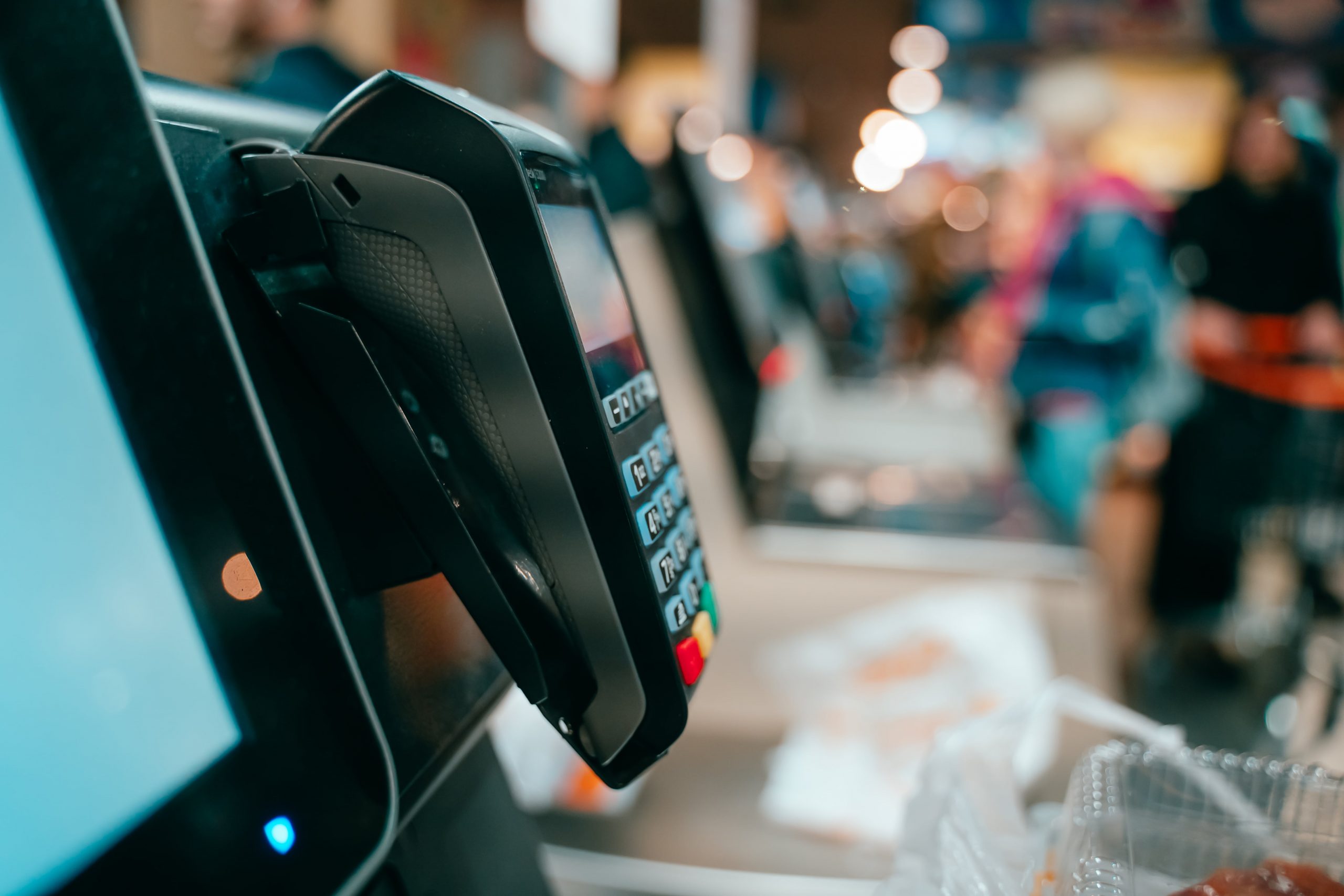Less flashing of cash
With so many options for accepting card and online payments available, it can be hard to figure out which payment service is right for your business.
Data from the central bank shows that use of cash has declined significantly this year, with the value of ATM withdrawals in August down by almost a third compared to the same month last year. Over the same period, online e-commerce expenditure rose by 16%.
The central bank has also been working to raise awareness of the changes caused by open banking, which was designed in part to provide greater choice in the way payments are made.
So what are the key elements that a business should look for from a payments service?
Checks and balances
There is a lot of talk about frictionless payments, which describe a process where payments are made with as few checks as possible. Many payment providers describe their services as ‘invisible’ to consumers who don’t want to go through multiple stages of verification and only want to hear from their payment service provider if there is a concern that a fraudulent payment has been made or attempted.
But while this might be suitable for making low value payments, a business making a high value payment or sending funds across borders will want to see some checks in place to make sure the money is going to the right recipient.
Make sure that the solution you choose is reliable and secure, offers visibility on the progress of each transaction and predictable costs – especially for cross-border payments which can take days to process and attract unexpected charges.
Funding the future
Assuming security is a given, a payment service needs to be simple and user friendly, offer choice in terms of payment types available and be flexible to different customer needs in terms of payment channel, input, authentication and reporting options.
When it comes to ease of use the key metric for e-commerce is conversion rate, which can measured as the amount of unique visitors to your website divided by the number of purchases they complete. If the payment process is too lengthy or cumbersome potential customers will simply abandon their transactions – and probably tell everyone they know not to bother trying.
Streamlined transactions
Looking ahead, payment providers offering blockchain or distributed ledger services are promising to bypass traditional banking networks with their peer-to-peer model, meaning payments could potentially be delivered more quickly and at lower cost.
There is also interest in value added services such as ‘request to pay’, which allows business to include a ‘pay’ button on their invoices. If the customer clicks this button it triggers an open banking payment initiation request to their bank.
But for now, businesses are more concerned about having the ability to identify and reconcile payments. This process is much easier if you use a cloud-based accounting solution such as Big Red Cloud, which allows you to connect your bank account and import bank transactions directly from bank files rather than having to enter each transaction manually.




